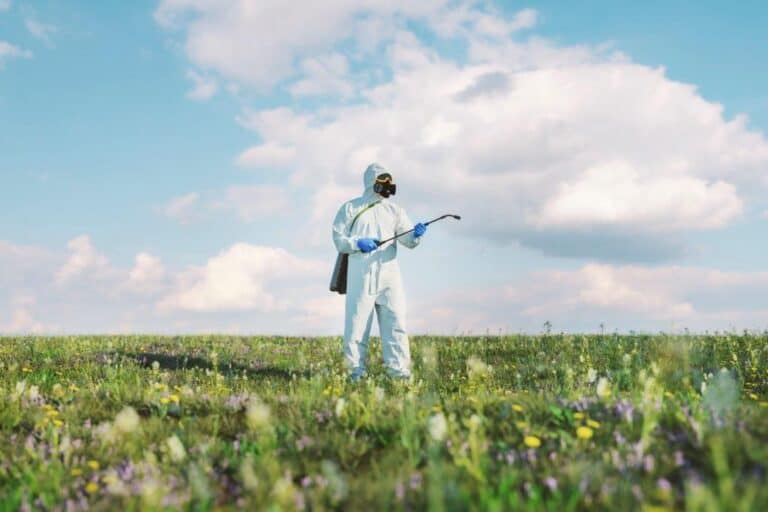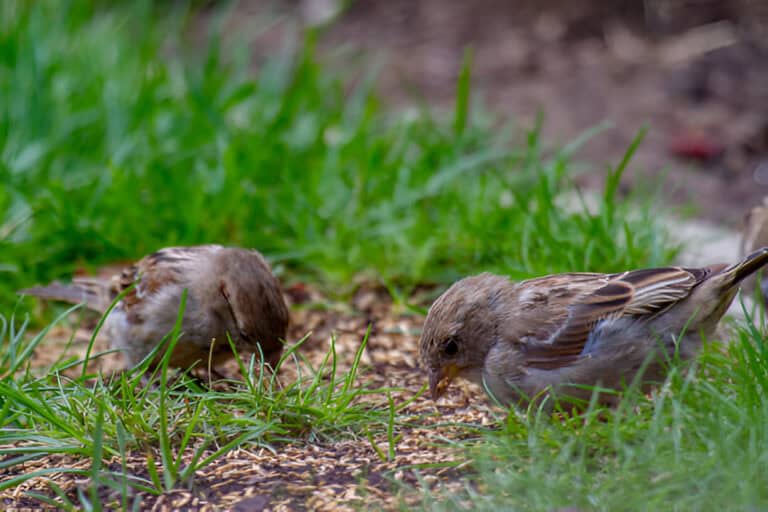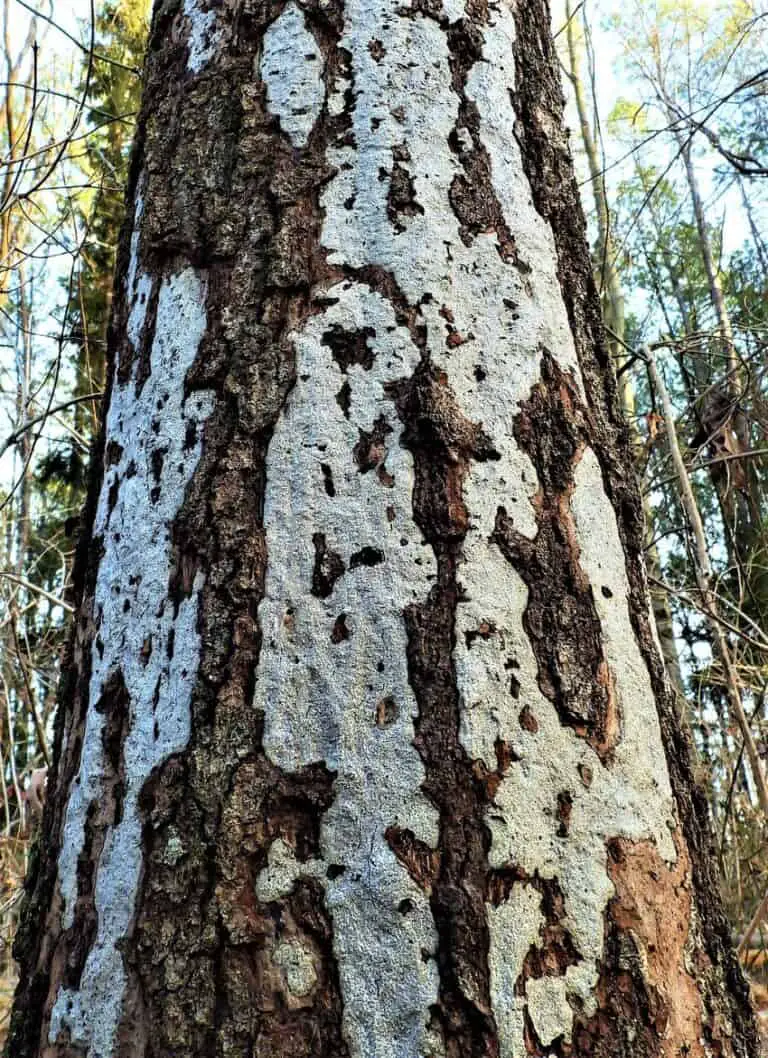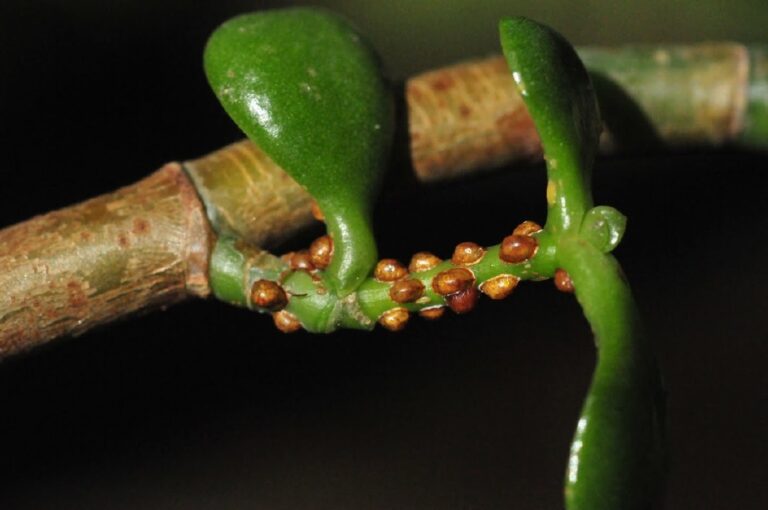Is it Safe to Eat Rosemary with Powdery Mildew? The Surprising Answer
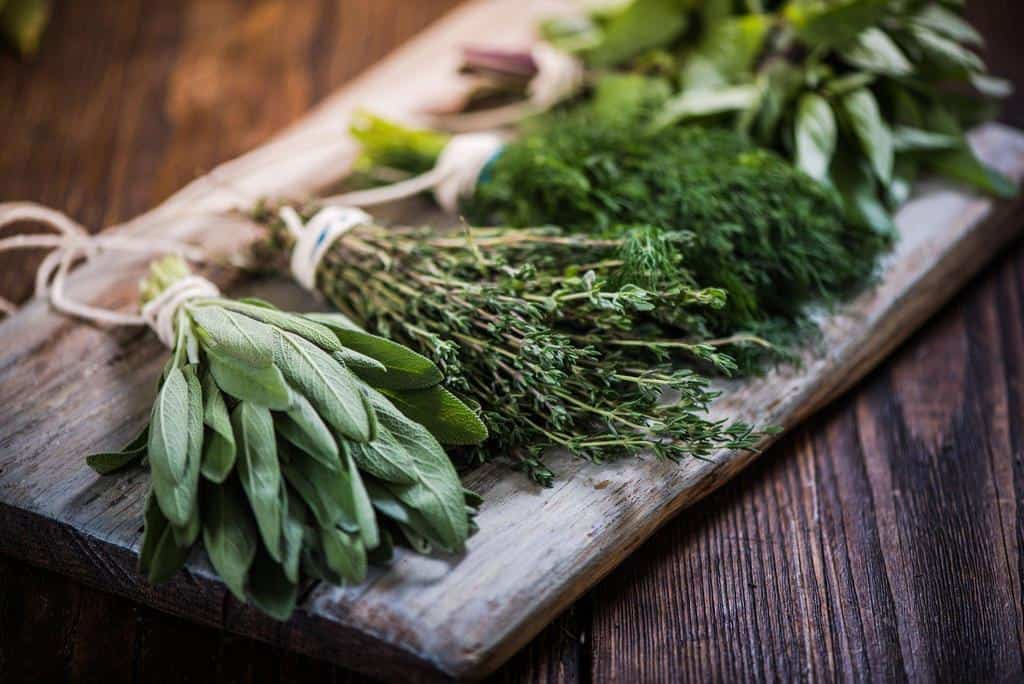
Powdery mildew is a common fungus that affects a variety of plants, including rosemary. This fungus can grow on the leaves, stems, and even the flowers of infected plants, and it typically appears as a white or gray powdery coating on the surface of the plant.
While powdery mildew may not kill rosemary plants, it can severely damage them and make them less attractive.
Are you wondering if it is safe to eat rosemary with powdery mildew? Powdery mildew, in general, is not harmful to humans. It is therefore not poisonous or toxic to humans. So yes, you can consume them in small amounts and with some precautions.
Through reading this article, you will learn what powdery mildew is, how it affects rosemary plants, and whether it is safe to consume this herb with the fungus present.
Rosemary & Powdery Mildew
Rosemary is a popular herb used for cooking, medicinal purposes, and decorating. But this fragrant plant can get powdery mildew, a disease caused by fungi that can kill plants if it isn’t treated quickly.
Powdery mildew is a fungal disease that affects a wide variety of plants, including rosemary. It is characterized by a white or gray powdery coating on the leaves, stems, and sometimes the flowers of a plant.
Powdery mildew is caused by a group of fungi called Erysiphaceae, which thrive in warm and humid environments. The fungus can infect roses, lilacs, peonies, phlox, zinnias, and many other plants.
In rosemary, powdery mildew can cause leaves to turn yellow and drop and can also affect the growth and production of the plant.
The fungus can harm the plant’s appearance, but it is not harmful to humans, and rosemary can still be used in cooking and medicine even if it has the fungus.
Identifying Infected Rosemary Plant with Powdery Mildew
It’s important to identify this infection so you can take the steps necessary to save your rosemary.
Powdery mildew on rosemary plants looks like a thin layer of white or grayish-white dust coating the leaves and stems. This fungus grows quickly in warm, damp places, and if it is not treated, it will spread over time.
To see if your rosemary plant has powdery mildew, look for white or yellow spots under its leaves. This could mean that fungal spores are growing. Another indication of an infected plant is curled-up leaves or stunted growth; both are signs that something isn’t right with the rosemary’s health.
Since a picture is worth a thousand words, allow me to display some images of rosemary plants that have powdery mildew infestations.
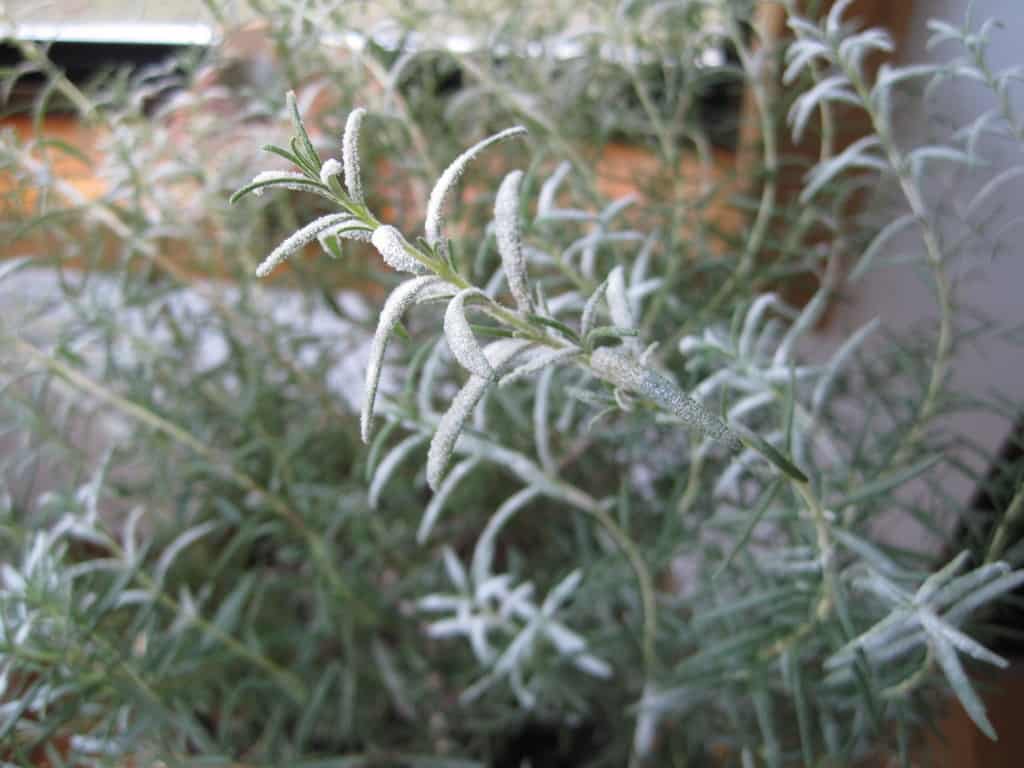


Powdery Mildew’s Influence on Rosemary Plant
Oidium neolycopersici, the fungus that causes powdery mildew, can affect rosemary at any stage of growth and, if left untreated, can seriously harm the plant.
Inside the rosemary plant, powdery mildew can cause damage. The fungus can invade the stem and branches, rendering them fragile. As a consequence, the plant is more susceptible to wind and other environmental factors.
Powdery mildew not only damages the plant’s appearance, but it can also stop rosemary from growing and making flowers. The fungus can make it harder for the plant to make food from light, which can slow its growth and make it make less oil that can be used in cooking and medicine.
If you don’t do anything to stop it, the fungus can spread quickly, causing serious damage to the leaves and affecting the bush’s or tree’s overall health.
The good news is that there are ways you can prevent and treat powdery mildew on rosemary plant in your garden.
Safety Concerns for Consuming Rosemary With Powdery Mildew
Powdery mildew is hard to answer when it comes to whether or not it is bad for people to eat. Even though the fungus that causes powdery mildew is not dangerous to humans, it may not be a good idea to eat a lot of a plant that has a lot of it.
Eating rosemary with a small amount of powdery mildew on it is considered safe. But if powdery mildew covers a large part of the plant, it might be best to avoid eating it. This is because the fungus can reduce the quality of the rosemary and the oil yield and affect the chemical composition of the oil.
Although the fungus itself is not poisonous, it may not be a good idea to eat a heavily infected plant because it can change the quality of the rosemary and oil. It’s best to be safe and avoid eating plants that have a lot of disease.
| If you are in doubt, it’s best to consult with a doctor or a medical professional, especially if you have pre-existing health conditions. |
Is It Safe to Eat Cooked Rosemary With Powdery Mildew
The short answer is yes, cooked rosemary with powdery mildew is usually safe to eat. Powdery mildew is caused by a fungus that is not harmful to people, and cooking rosemary can also kill any fungal spores that are left.
But it’s important to remember that it might not be a good idea to eat a lot of a plant that has a lot of disease. As was already said, it is safe to eat rosemary that has a small amount of powdery mildew on it. But if powdery mildew covers a large part of the plant, it might be best to avoid eating it.
Health Risks of Eating Infected Powdery Mildew on Rosemary
Eating powdery mildew-infected rosemary poses a number of health risks. The fungus that causes powdery mildew can produce harmful toxins called mycotoxins, which can cause a range of symptoms when ingested. These symptoms can include headaches, nausea, vomiting, and even more serious health problems like liver and kidney damage.
Some people may become allergic to infected powdery mildew from rosemary. This is in addition to the possibility of contracting mycotoxins. This can include symptoms such as hives, itching, and difficulty breathing.
It is crucial to thoroughly inspect the plant before eating it in order to prevent the health risks associated with consuming rosemary that has a powdery mildew infection. If you notice any signs of powdery mildew, such as a white or gray powdery coating on the leaves or stems, discard the plant or only use the unaffected parts.
| Take note that the fungus that causes powdery mildew is common and can be found on various plants. If you suspect symptoms after eating infected plants, consult your doctor. It’s not the only cause of fungal infection in plants. |
Natural Ways to Get Rid Of Powdery Mildew on Herbs
There are several natural ways to get rid of powdery mildew on herbs.
- One effective method is to use a mixture of water and baking soda. To make this mixture, mix 1 tablespoon of baking soda with 1 gallon of water. Then, spray the mixture onto the affected herbs, making sure to cover all of the surfaces of the plant. Repeat this treatment every 7 to 10 days until the powdery mildew is no longer visible.
- A mix of water and apple cider vinegar is another natural way to get rid of powdery mildew. Mix 1 cup of apple cider vinegar with 1 gallon of water, and spray the mixture onto the affected herbs. This treatment can be repeated every 7 to 10 days until the powdery mildew is no longer visible.
- Another way to control the powdery mildew on herbs is by using neem oil. Neem oil is a natural insecticide that has a fungicidal property. Mix 2-3% of neem oil with water and spray it on the affected plants every 7-10 days.
- Lastly, keeping your herb plants healthy by doing things like making sure they get enough light and air, not crowding them, and keeping the leaves dry can help keep powdery mildew from infecting your herbs.
While these natural and technical methods can be successful at preventing powdery mildew on herbs, it’s important to remember that they might not always be successful.
If the fungus is very bad, you may need to use chemicals called fungicides to get rid of it completely. However, it’s always a good idea to try natural remedies first before resorting to chemicals.
Conclusion
Powdery mildew can be dangerous to humans if they eat it, but most people think it is safe to eat rosemary that has a small amount of powdery mildew on it. But if powdery mildew covers a large part of the plant, it might be best to avoid eating it.
In the end, it is usually safe to eat rosemary with powdery mildew as long as the rosemary is cooked. But eating a lot of powdery mildew could be bad for your health, so you should try to stay away from it. If you don’t know how much powdery mildew is on your rosemary, it’s best not to eat it at all and to throw it away instead.

